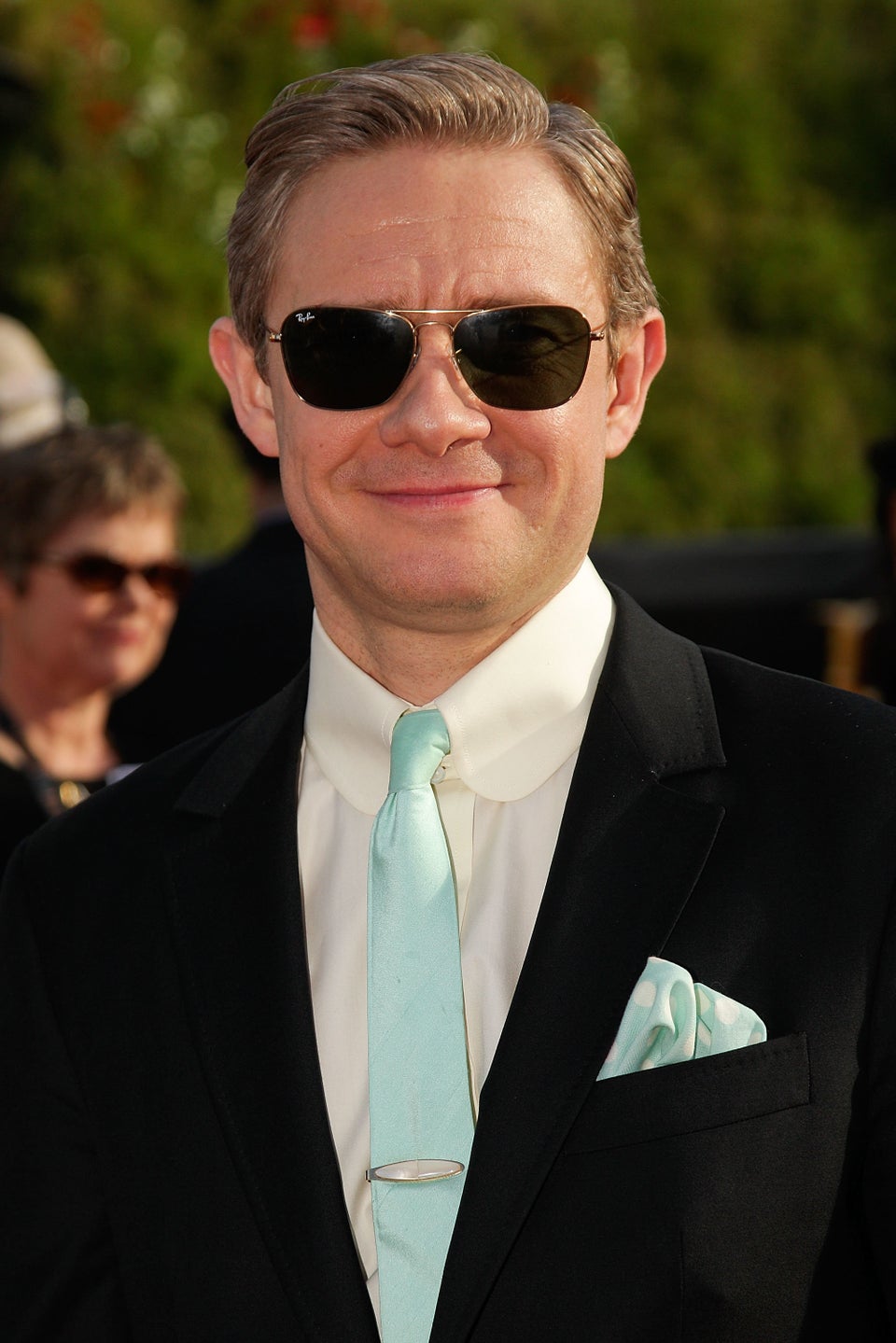
The review embargo for "The Hobbit: An Unexpected Journey" lifted at 12 a.m. EST/9 p.m. PST on Monday night, meaning every critic with an Internet connection and access to an advanced screening of the film published their thoughts on Peter Jackson's latest trek to Middle-Earth.
"In Jackson's academically fastidious telling, it's as if 'The Wizard of Oz' had taken nearly an hour just to get out of Kansas," wrote THR critic Todd McCarthy, who called parts of the film "flat-footed" and "tedious." "This may be one venture where, rather than DVDs offering an 'Expanded Director's Version,' there might be an appetite for a 'Condensed Director's Cut' in a single normal-length film."
The film's length and laid-back attitude are cited in many reviews, along with Jackson's now-controversial decision to shoot "The Hobbit: An Unexpected Journey" using 48 frames-per-second technology. (Normal films are shot in 24 frames-per-second.)
"It felt like watching daytime soaps in HD, terrible BBC broadcasts, or 'Faerie Tale Theater' circa 1985, only in amazingly sharp clarity and with hobbits," Movieline editor Jen Yamato wrote in a piece called "'The Hobbit' At 48 FPS: A High Frame Rate Fiasco?" Her concerns and thoughts were echoed by many who reviewed "The Hobbit."
"When people run, they look like they are on the 'Benny Hill Show,'" Jordan Hoffman wrote in his review for ScreenCrush, while noting that the 48 fps "isn't a case of good or bad; it's an aesthetic choice."
"Everything takes on an overblown, artificial quality in which the phoniness of the sets and costumes becomes obvious, while well-lit areas bleed into their surroundings, like watching a high-end home movie," commented Peter DeBruge for Variety.
It should be noted that the 48 fps release of "The Hobbit" is relegated to theaters equipped with the proper technology to screen the film in that platform; as such, most viewers will likely watch "The Hobbit" in 24 frames-per-second.
"My experience with 48 frames ‑‑ and I've seen hours and hours and hours of it, obviously ‑‑ is that it's something that becomes a real joy to watch, but it takes you a while," Peter Jackson, director of "The Hobbit," told HuffPost Entertainment back in July.
Despite all the negativity about the length and visual look of "The Hobbit," however, most critics seem to agree that the film will delight fans of "Lord of the Rings." And considering Jackson's three "Rings" films grossed almost $3 billion worldwide, there seem to be a significant amount of J.R.R. Tolkien devotees populating regular Earth.
"[T]he last two acts of 'The Hobbit' are simply a non-stop action-adventure rollercoaster that is just as engaging and winning as anything in the director's previous trilogy," wrote Rodrigo Perez for The Playlist. "As epic, grandiose, and emotionally appealing as the previous pictures, 'The Hobbit' doesn't stray far from the mold, but it's a thrilling ride that's one of the most enjoyable, exciting and engaging tentpoles of the year."
For more on "The Hobbit: An Unexpected Journey" and the 48 fps technology (also known as HFR), click here.

